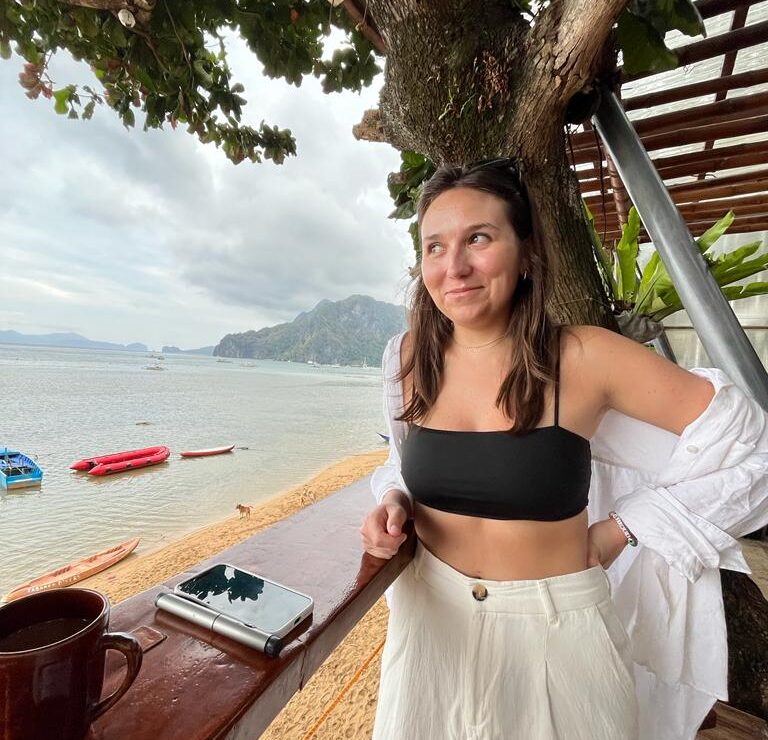As a person living with Type 1 Diabetes, I know firsthand how much more complicated it can make travelling. That being said I also know how do-able it is as I have been on trips as short as 7 days and as long as 7 months. This is my personal guide to managing diabetes while travelling, as well as my professional opinion as a Registered Dietitian. Each person is different and may need a different plan so please consult your care team prior to travel and review multiple resources.
General Advice
Pack 50% more supplies—this is a general rule of thumb. The longer you are going, the more you will be able to anticipate shortages and won’t need as much backup. For example, if you are going for 6 months, you can pack for 7-8 months. If you are going for 7 days, pack for 10.
Time Zone Changes – if you wear a pump, update the time on your pump when you feel it makes the most sense. For me, this is typically when the plane lands.
Meds don’t count towards your liquid/baggage allowance – Your insulin will not count toward 1L fluid restriction but still pack it in a clear bag for TSA. Ice packs and treatments for lows such as juice are allowed however this can be hard to explain in a foreign country so better to stick with candy/solid items. If you have a large amount of supplies you can bring a separate medication bag for free.
Pack meds in your carry-on bag (mostly) – All airlines will recommend this and it’s smart in case your checked bag gets lost. However, in the case your carry-on bag is stolen or lost I think it’s a good idea to spread out some of your meds/supplies between all bags if going on a longer trip so you will never be without.
Have a backup – When away from your accommodation and supplies for extended periods carry an extra infusion set, fast-acting insulin pen, or insulin vial and syringe with you in case your pump dies, runs out of insulin, malfunctions, or your infusion site rips out. Many things can happen and it’s the last thing you want when out on a boat trip, tour, etc.
Universal Medical ID – wear jewelry (bracelet, necklace, etc) or have health information completed in health app on phone in cases of emergency
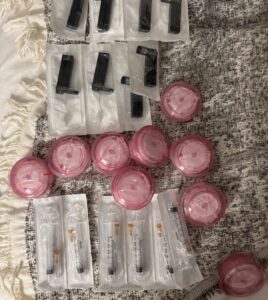
Packing
Always Bring:
Insulin (ie. Rapid and long-acting insulin cartridges and insulin pen for each)
Syringes
Continuous Glucose Monitor
Tester and test strips
Alcohol swabs
Hand Sanitizer
Letter from Doctor
Up-to-date prescription or bring medication in original packing
Additional for Insulin Pump:
Charger or batteries
Rapid-acting insulin vials
Infusion sets
Cartridges or Reservoirs
Consider bringing a loaner pump
Note: If you are on an insulin pump, still pack long-acting insulin and a pen or syringe. This is necessary as a backup in case the pump breaks or malfunctions. It’s also handy wanting a break from the pump for a beach day, wearing a dress, or a water-based activity.
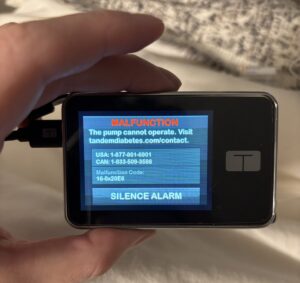
Managing Blood Glucose Levels
Carry fast-acting sugar on you for lows. I like bags of sour candy or ones with pieces that are individually wrapped such as a pack of starbursts, but anything that’s straight sugar will work.
Eat balanced meals with protein, fat, and carbohydrates if you can, and choose whole grains as much as possible.
Put your pump on exercise mode if doing an activity or walking around a city. Take future activity into account when bolusing at meals. If your trip is exercise heavy, consider reducing your long-acting insulin dose or create a new profile on your pump with lower basal rates.
Drink water more than juice/smoothies/milk tea
Don’t get drunk to the point that you can’t take care of yourself. Which is just good advice in general but especially for those with diabetes and even more for those travelling solo.
Prevent your insulin from getting hot or freezing. Insulin is good at room temperature for 30 days but extreme temperatures can cause the molecules to breakdown. In hot cars use a frozen water bottle as an ice pack and/or insulted bag to prevent it from getting too hot. In freezing temps keep it close to your body.
Accept that managing your blood sugars when out of routine with new foods and differing activity levels is hard. It will likely not be in as good of control as it is at home. Do your best but don’t stress if you’re running a little high. I find it’s often better to ride out the high than have severe lows from over-bolusing, which is less than ideal if you’re in an unfamiliar place.
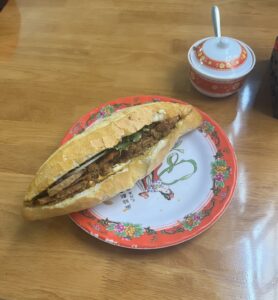
Off the Record
If your insulin is at room temperature longer than 30 days you can still take it, it just may be less effective. I have taken insulin that was at room temp for 1-2 years when desperate, and even though I am NOT recommending this, it was fine.
If you don’t have treatment for lows on you, you can mix sugar into water, (or just eat the sugar straight), buy or ask for juice, find a jam packet, honey, etc. at places like cafes, convenience stores, vending machines or your accommodation. For those who have severe lows and seizures, please try to carry something with you, especially if taking injections. If on an insulin pump the control IQ will stop insulin delivery which will make it less dire.
I have re-used needle tips, syringes, and lancets before which is obviously not recommended due to the risk of infection and the needle tip becoming more blunt increasing discomfort. It’s not ideal but it’s a realistic solution if you’re short on supplies.
Keep in mind if you run out some medications will be easier to access in foreign countries than others. Diabetes is worldwide so supplies like insulin and syringes should be widely available but the right insulin pump supplies are likely harder to find. The best plan is to pack lots so you don’t run out.
I have taken my insulin and insulin pump through all sorts of x-ray machines and scanners and have never had an issue.
If you are prone to yeast infections from high blood sugars take an OTC or prescription med with you. I always have fluconazole in my med bag.
If you don’t want to be constantly attached to your pump (eg. on a beach vacation) you could keep your infusion set on and take long-acting insulin once daily for basal insulin and just attach your pump to bolus for food and highs.
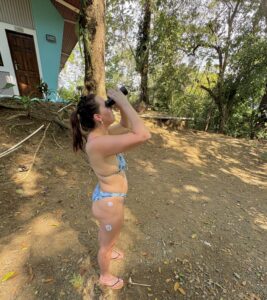
Please leave any questions or comments below so that I can answer them or add them to the post. Be safe out there and HAVE FUN!

